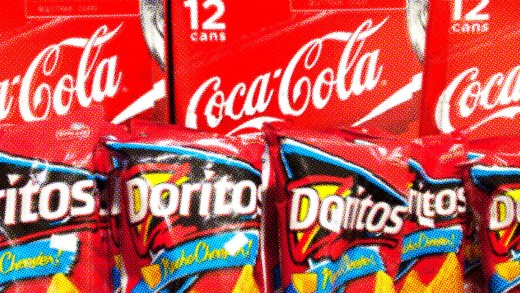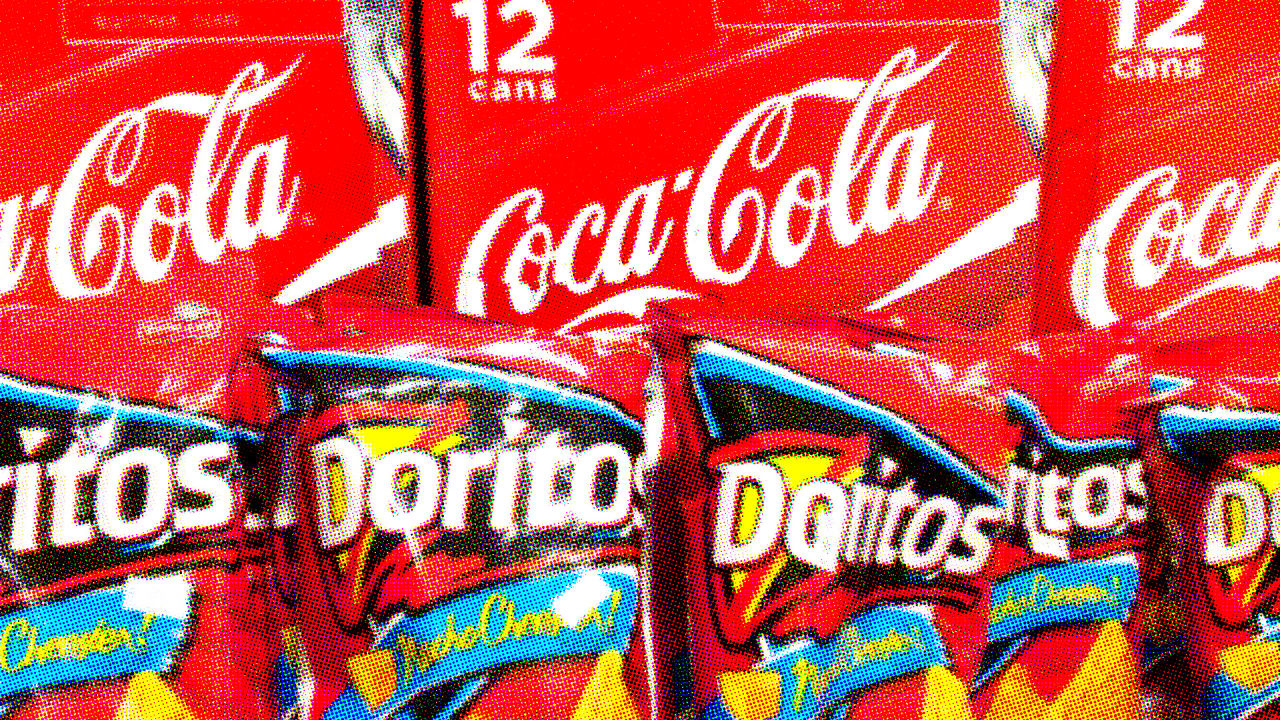How Packaging Influences The Way We Taste Food
A recent New Yorker article explores the concept of multisensory design—and how taste can be altered by color, shape, or sound alone.
Designers, of all people, know that a soda can is not just a soda can. It’s an opportunity for savvy companies to show why the soda is special, a chance for consumers to engage with the product and, if done right, a powerful marketing tool that can make a brand instantly recognizable the world over. But can the way a food item is packaged affect the way that it tastes?
Charles Spence, a professor of experimental psychology at Oxford University, thinks it can—or at least how we perceive the taste. For a recent article in the New Yorker, writer Nicola Twilley visits him in his Crossmodal Research Lab, where he and a team of researchers are testing how taste can be altered through color, shape, or sound. Their research suggests that the whoosh-ing sound of a can opening may make a drink seem fizzier, for example, or that the yellow hue of 7Up can make the soda taste more lemon-y.

It’s easy to see how Spence’s research could be extremely useful for product and packaging designers. Take, for example, a 2011 redesign of the Coke can:
Sitting atop the filing cabinet was a special-edition white-colored can of Coke, introduced in 2011 to raise funds for endangered polar bears. It was withdrawn when consumers complained that Coca-Cola had also changed its secret formula. For Spence, the can is evidence of the power of a package’s color to alter the taste of the contents. His lab has repeatedly shown that red, the usual color of a Coke can, is associated with sweetness; in one experiment, participants perceived salty popcorn as tasting sweet when it was served in a red bowl.
A new version of Cadbury’s chocolate bar was similarly rejected by consumers when the company changed the classic rectangular chunks to curved segments. The chocolate bar was made exactly the same way that it always has been, but a big change in the way it looked made people think that it tasted drastically different.

Of course, these types of insights can easily be used for more bad than good. Using sensory research to make Doritos more appealing or soft drinks more addictive has been pointed to as a major factor of the obesity epidemic. When Oscar Mayer started losing business in the 1980s, they repackaged processed meat as the instantly popular Lunchables, which contain nearly a full days worth of the recommended saturated fat for kids in one nifty container.
However, as Spence argues in the article, the flip side could also be true: packaging that alters our perception of taste could be used to combat obesity, by using “sensory seasoning to replace some of the salt and sugar in packaged foods.” He’s also working with a cancer hospital to experiment with the ways that plating, lighting and sound could counter the metallic taste and nausea that often accompanies chemotherapy.
Read more at the New Yorker
[Doritos: Flickr user James]
Fast Company , Read Full Story
(147)



